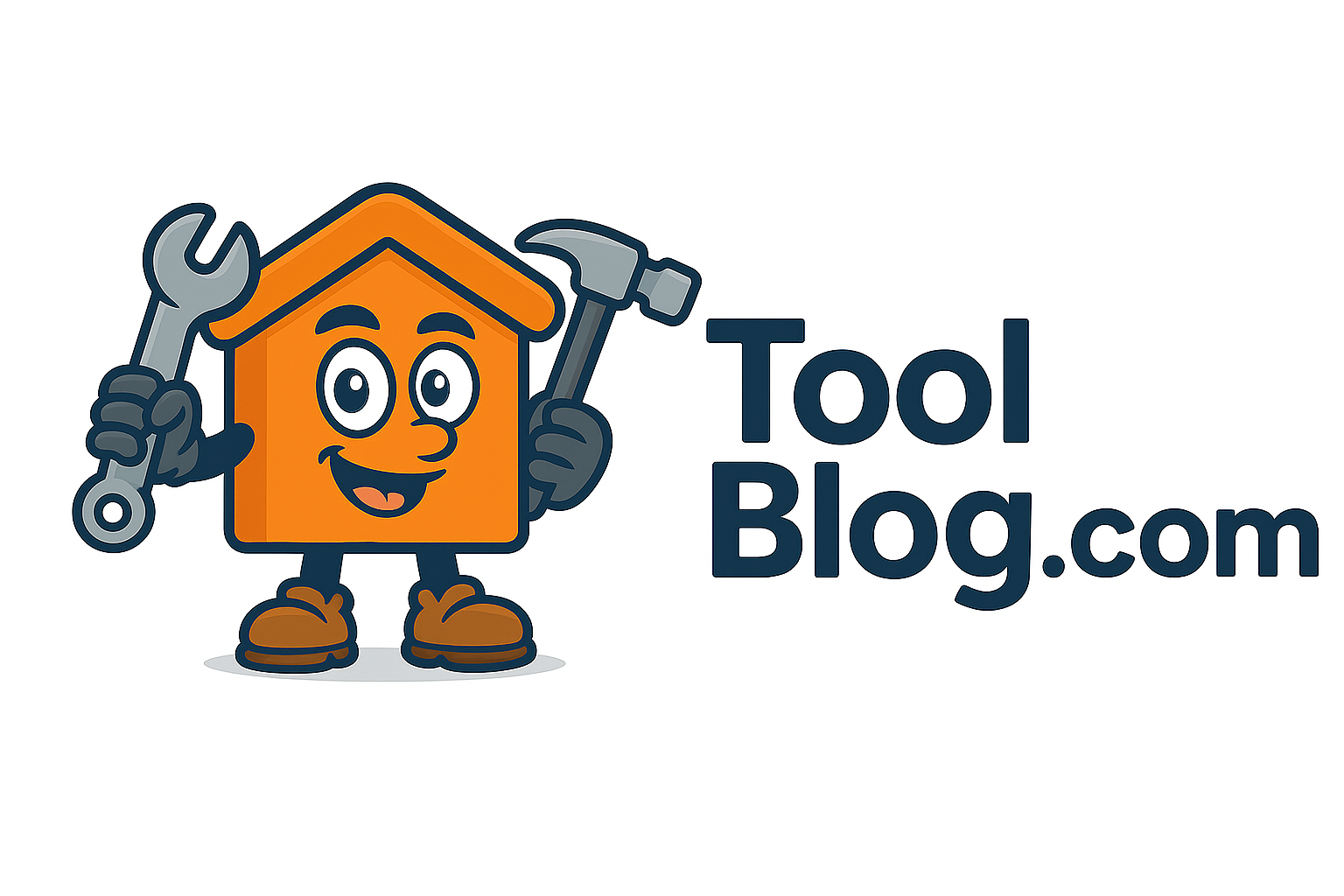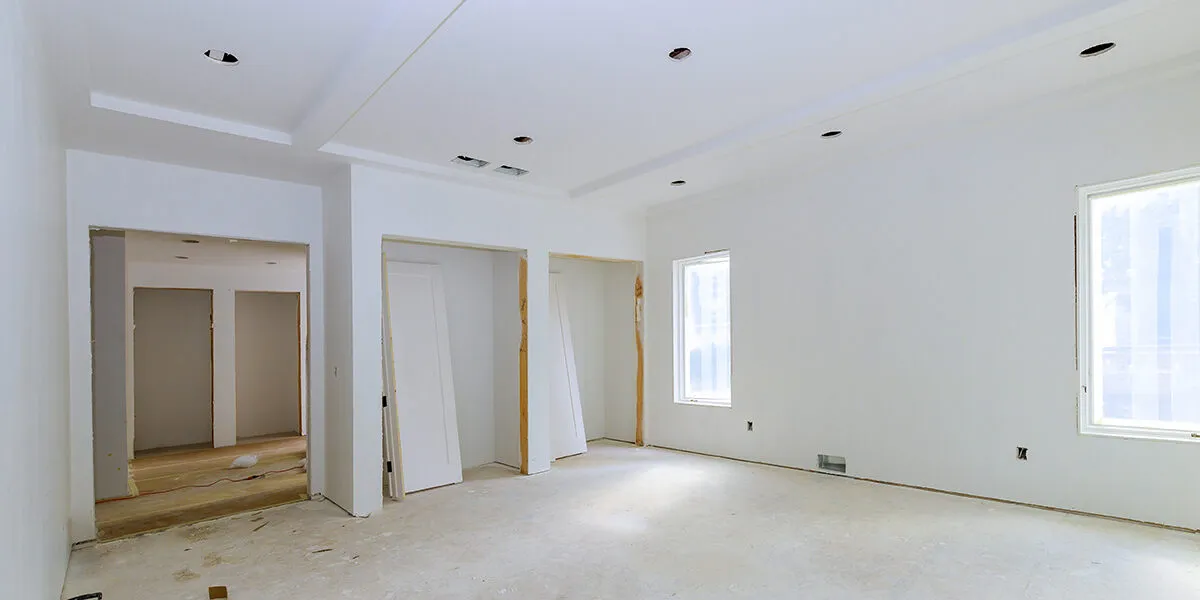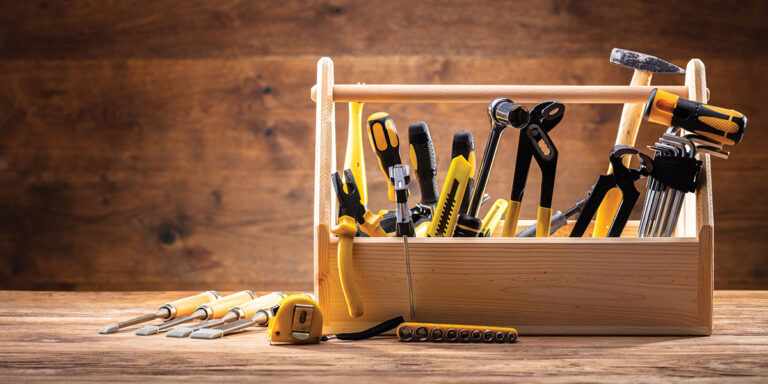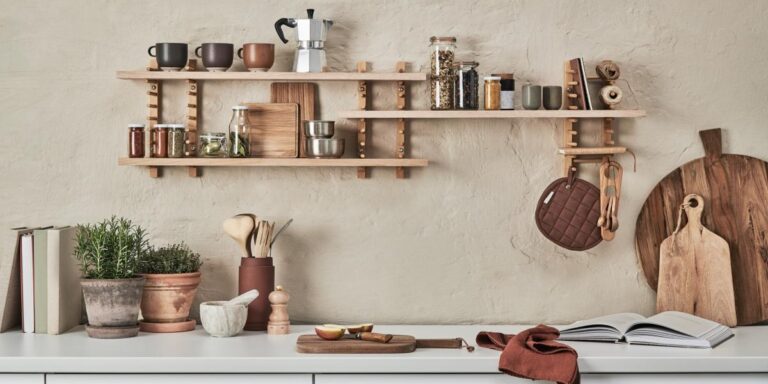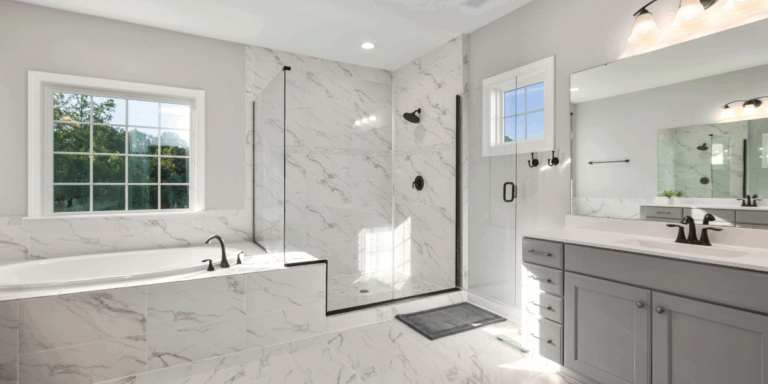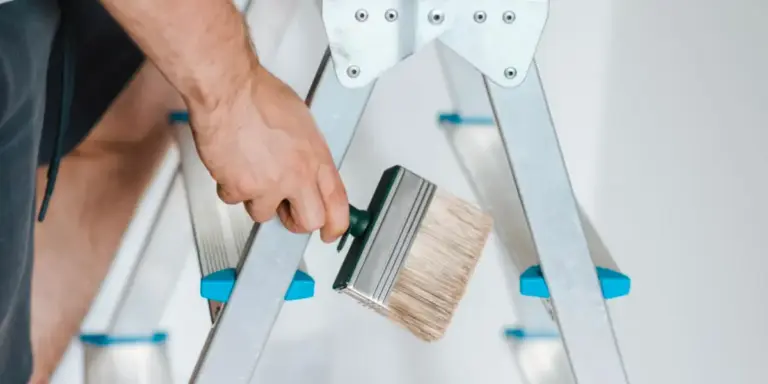How to Hang Heavy Items on Drywall
Hanging heavy items on drywall can be a nerve-wracking task. There’s always that fear that what you hang will come crashing down, leaving behind a cracked wall and a broken object. I’ve had my share of mishaps over the years, and I’ve learned that getting it right means paying close attention to the technique and hardware involved. Whether it’s a large mirror, floating shelves, a TV mount, or a hefty piece of wall art, I’ve developed a reliable approach for getting the job done right—and safely.
When you learn how to hang heavy items on drywall properly, you gain more control over how you use your wall space. You can decorate with confidence, make better use of vertical storage, and trust that your installation will last. With the right tools, preparation, and anchor system, even the heaviest objects can be mounted securely.
Assessing the Weight and Wall Conditions
The very first step is knowing what you’re working with. I always start by weighing the item I want to hang. You can usually find the weight listed in the product manual or by checking online. If not, using a bathroom scale while holding the object gives you a rough estimate. This helps me choose the right type of anchor or fastener later.
Next, I inspect the wall. Drywall can vary in thickness, and it’s important to know whether I’m working with a single layer or multiple layers. Some walls have insulation behind them, while others back onto brick or concrete. I also use a stud finder to check for the location of the wall studs—vertical wooden beams behind the drywall that offer superior holding strength.
When I hang something very heavy, like a flat-screen TV or cabinet, I aim to secure it into at least one stud. But if there isn’t one in the right spot, there are still solid ways to mount heavy objects safely.
Tools and Supplies You’ll Need
Hanging heavy items on drywall doesn’t require expensive tools, but having the right ones makes a huge difference. Here’s what I keep on hand:
- Stud finder
- Pencil or painter’s tape
- Measuring tape
- Level
- Cordless drill
- Screwdriver
- Hammer (optional)
- Anchors and mounting hardware (toggles, molly bolts, wall plugs)
- Wall bracket or mounting system (if needed)
Once you’ve gathered everything, it’s just a matter of taking things step by step. If you want to master how to hang heavy items on drywall, being precise with your setup is crucial.
Choosing the Right Anchors
One of the most common mistakes I see is people using basic screws or nails for heavy items. Drywall alone can’t hold much weight—it will crumble or tear under too much pressure. That’s where wall anchors come in. Here are some of the most reliable options I’ve used:
Plastic Expansion Anchors
Good for lighter items (10–25 lbs), but I don’t rely on them for anything heavy. They’re easy to install but prone to pulling out.
Self-Drilling Drywall Anchors
These work well for medium-weight objects (25–50 lbs). They screw directly into the drywall without a pre-drilled hole.
Molly Bolts
Ideal for medium to heavy loads. They expand behind the wall when the screw is inserted, distributing weight over a wider area.
Toggle Bolts
My go-to choice for very heavy items. These have a spring-loaded wing that opens up behind the wall, creating a strong brace that can hold 100+ lbs if installed correctly.
Anchors in Studs
Whenever possible, I drill directly into a stud. That’s the strongest anchor point you can get. With wood screws into a stud, I’ve hung shelves, wall-mounted desks, and TV brackets with complete confidence.
The anchor type I choose depends on what I’m hanging and where. If I want to hang heavy items on drywall and can’t find a stud, toggle bolts are my usual fallback.
Marking and Measuring
After choosing the mounting location, I use painter’s tape to outline the area and mark anchor spots. I hold the item or bracket in place and mark the top and bottom, then measure for anchor placement. A level is essential here—I’ve learned the hard way that eyeballing it just doesn’t cut it. Even a slight tilt becomes glaringly obvious once your item is up.
I use a pencil to mark the pilot hole locations, based on the spacing of the anchor or mounting bracket. For multi-point items like shelves or large frames, I double-check all the measurements before I make a single hole. Precision now means no surprises later.
Drilling Pilot Holes and Setting Anchors
Once everything’s marked, I use a small drill bit to create pilot holes. If I’m installing a toggle bolt, I drill a larger hole just wide enough for the toggle wings to fold through. With molly bolts or self-drilling anchors, the instructions usually indicate the right bit size.
I insert the anchors gently, either by hand or with a hammer if required. For toggle bolts, I compress the wings and feed them through the hole, then pull gently on the screw to anchor the wings behind the drywall. That resistance tells me they’re in place.
At this stage, I check everything again. Making sure the anchors are flush and aligned properly ensures the object will sit flat against the wall.
Mounting the Object
Now comes the rewarding part—securing the item. If it’s a shelf bracket, I attach the hardware first and then set the shelf in place. For artwork or mirrors, I use hooks or D-rings on the back and connect them to the anchored screws or bolts.
I like to tighten each screw evenly and slowly, checking that everything remains level as I go. If I’m hanging something especially heavy, I have a second person help hold it while I fasten it in place. Safety comes first, especially with large or fragile items.
When I step back and see a heavy object perfectly secured on drywall, it’s a reminder of how effective the right techniques can be. Learning how to hang heavy items on drywall is empowering—it lets you take full advantage of your wall space without fear.
Extra Tips for Tricky Items
Some items don’t mount evenly or come with awkward hanging mechanisms. Here’s how I deal with a few of those:
- TVs or monitors: I use a specialized wall mount with multiple anchor points into studs or toggle bolts. I always check weight ratings before drilling.
- Large mirrors: I prefer French cleats or Z-clips, which distribute weight and make it easier to level.
- Floating shelves: These usually come with their own bracket system. I anchor each point into either a stud or use heavy-duty toggle bolts.
- Cabinets or storage units: These must be secured into at least two studs. If not, I reinforce with additional anchors and wall supports.
No matter the item, the principles remain the same: secure anchoring, level alignment, and even distribution of weight.
Avoiding Common Mistakes
Even if you follow the steps carefully, it’s easy to make small errors. Here are a few I’ve encountered and how to avoid them:
- Skipping the stud finder: Guessing where studs are almost always leads to missing them.
- Overtightening screws: This can strip the anchor or damage the drywall. I tighten just until snug.
- Undersized anchors: Always check the weight rating of the anchor and overcompensate if unsure.
- Rushing measurements: Take your time with layout and double-check everything.
- Using the wrong anchor for hollow walls: If your wall has insulation or air gaps, go straight for toggle bolts.
Avoiding these pitfalls makes the whole process smoother and ensures the item stays up long term.
Maintenance and Future Adjustments
Once the item is mounted, I like to inspect it every few months, especially if it gets regular use—like shelves or wall hooks. If I notice wobbling or sagging, I tighten the screws or replace the anchors as needed.
If I ever need to remove the item, I unscrew everything gently and either reuse the anchors or patch the holes with drywall compound. I always save leftover anchors and bolts for future use—once you’ve mastered how to hang heavy items on drywall, you’ll likely do it again and again.
Final Thoughts
Hanging heavy objects on drywall doesn’t need to be intimidating. Once you break it down step-by-step, it becomes a manageable and satisfying task. From selecting the right anchors to careful measuring and secure installation, every part of the process contributes to a safe and professional result.
I’ve hung everything from full-length mirrors to solid wood shelves and even wall-mounted desks—all on drywall. Learning how to hang heavy items on drywall the right way has saved me from costly accidents and made my spaces more functional and beautiful.
So the next time you’ve got a heavy item you want to hang, don’t hesitate. With the proper tools and a careful approach, you can get it done confidently. Just take your time, trust the process, and you’ll be amazed at what you can hang—securely—on even the most delicate drywall surfaces.
